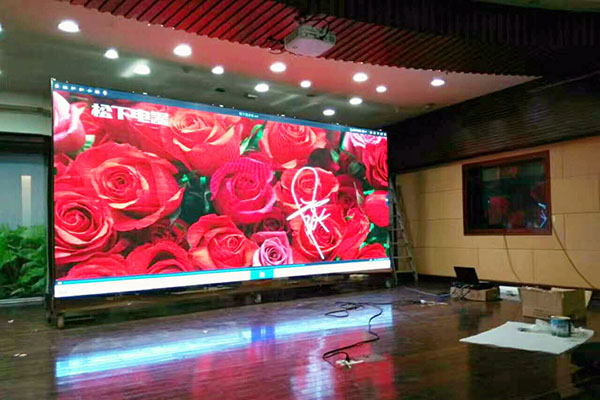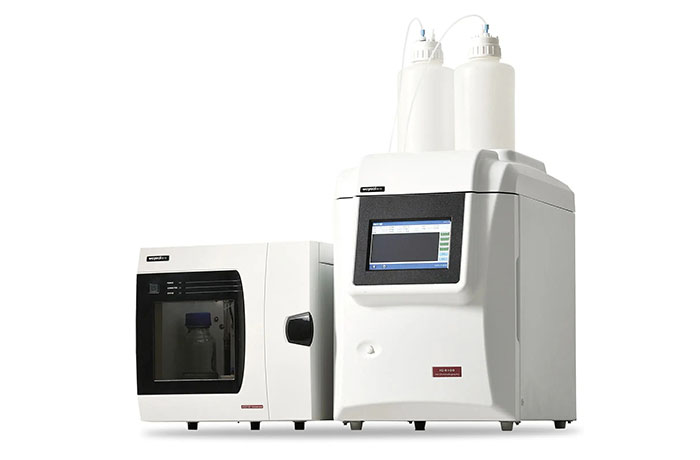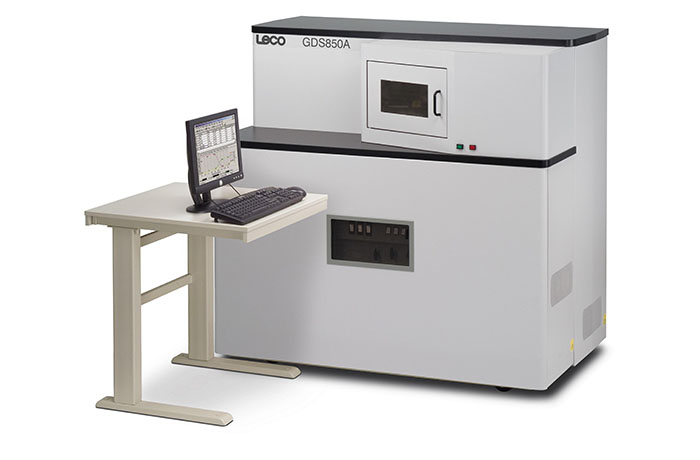In today’s rapidly evolving digital landscape, LED Video wall displays have become an integral part of our daily lives, expanding their applications across various industries. These large-scale LCD displays not only enhance our visual experiences but also drive economic growth, fostering the rapid development of the LED Video wall industry and its peripherals.
Given that LED Video wall displays are often subjected to extended periods of operation, they can sometimes encounter screen distortion issues, commonly referred to as “pixelation” or “screen artifacts.” In this blog, we will explore six troubleshooting techniques to address these problems and ensure the optimal performance of your LED Video wall.
Check for Loose Connections
One is loose connections between the LED Video wall and the graphics card. Poor contact can result in visual artifacts like “noise” and “speckles.” Therefore, it’s crucial to ensure that all connections are secure and properly seated.
Examine Graphics Card Settings
Graphics card overclocking can lead to irregular and intermittent horizontal stripes on the screen. If you suspect that your graphics card is overclocked, consider reducing the overclocking settings to an appropriate level. Start by lowering the video memory clock frequency, as this often resolves the issue.
Assess Graphics Card Quality
If the screen distortion persists after checking connections and graphics card settings, it’s advisable to examine the quality of your graphics card. Ensure that it has adequate electromagnetic interference (EMI) resistance and electromagnetic shielding. To test for this, install components that might emit EMI, such as hard drives, at a distance from the graphics card. Observe whether the screen distortion disappears. If not, consider replacing the graphics card or creating a custom EMI shielding cover.
Verify Display Settings
Check whether the LED Video wall’s resolution or refresh rate settings are too high. LED Video walls typically have lower resolutions than cathode-ray tube (CRT) monitors. If the display resolution exceeds the manufacturer’s recommended specifications, it may result in screen artifacts.
Examine Graphics Driver Compatibility
Compatibility issues with graphics card drivers are often overlooked. With frequent driver updates, users may be tempted to install the latest version, which might not always be the best option. Some new drivers are beta versions or optimized for specific graphics cards or games, potentially causing screen distortion. To mitigate this, consider using Microsoft-certified drivers or, preferably, drivers provided by the graphics card manufacturer.
Test with Alternative Displays
If none of the previous steps resolve the screen distortion issue, it’s possible that the LED Video wall itself has quality problems. To confirm this, substitute the video wall with another display for testing purposes. If the problem persists on the alternative display, the issue likely lies with the source content or graphics card. However, if the distortion disappears, you may need to consider replacing or servicing the original LED Video wall.
Conclusion
To ensure the seamless operation of your LED Video wall display and minimize screen distortion issues, it is essential to follow these troubleshooting steps diligently. Regularly above items can help maintain the quality and longevity of your LED Video wall.
The quality of the LED display also plays a significant role in preventing various problems, so investing in reputable brands is a wise choice. By following these guidelines and staying vigilant, you can maximize the performance and longevity of your LED Video wall display, ensuring that it continues to be a reliable and impressive visual solution for your needs.




